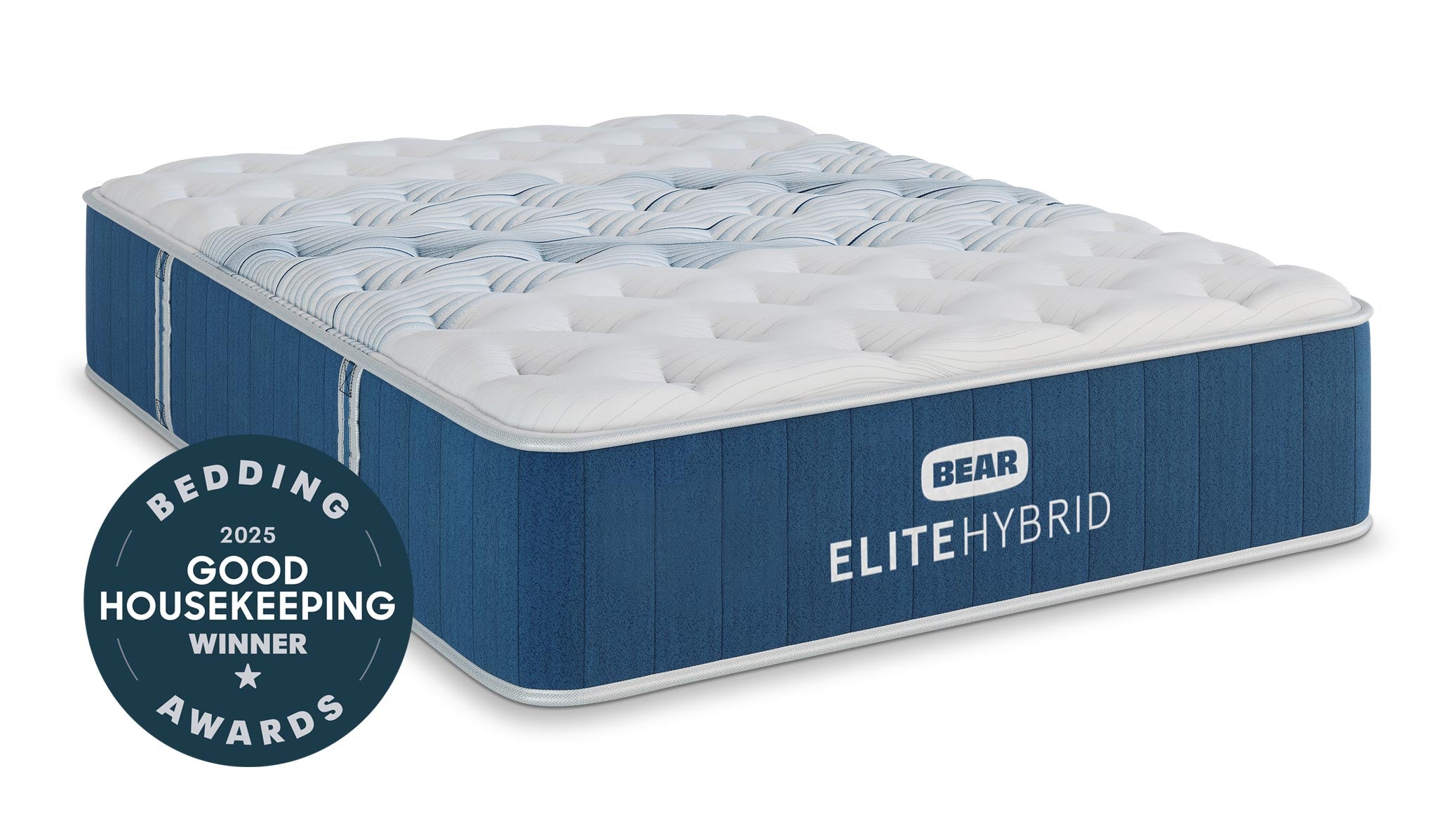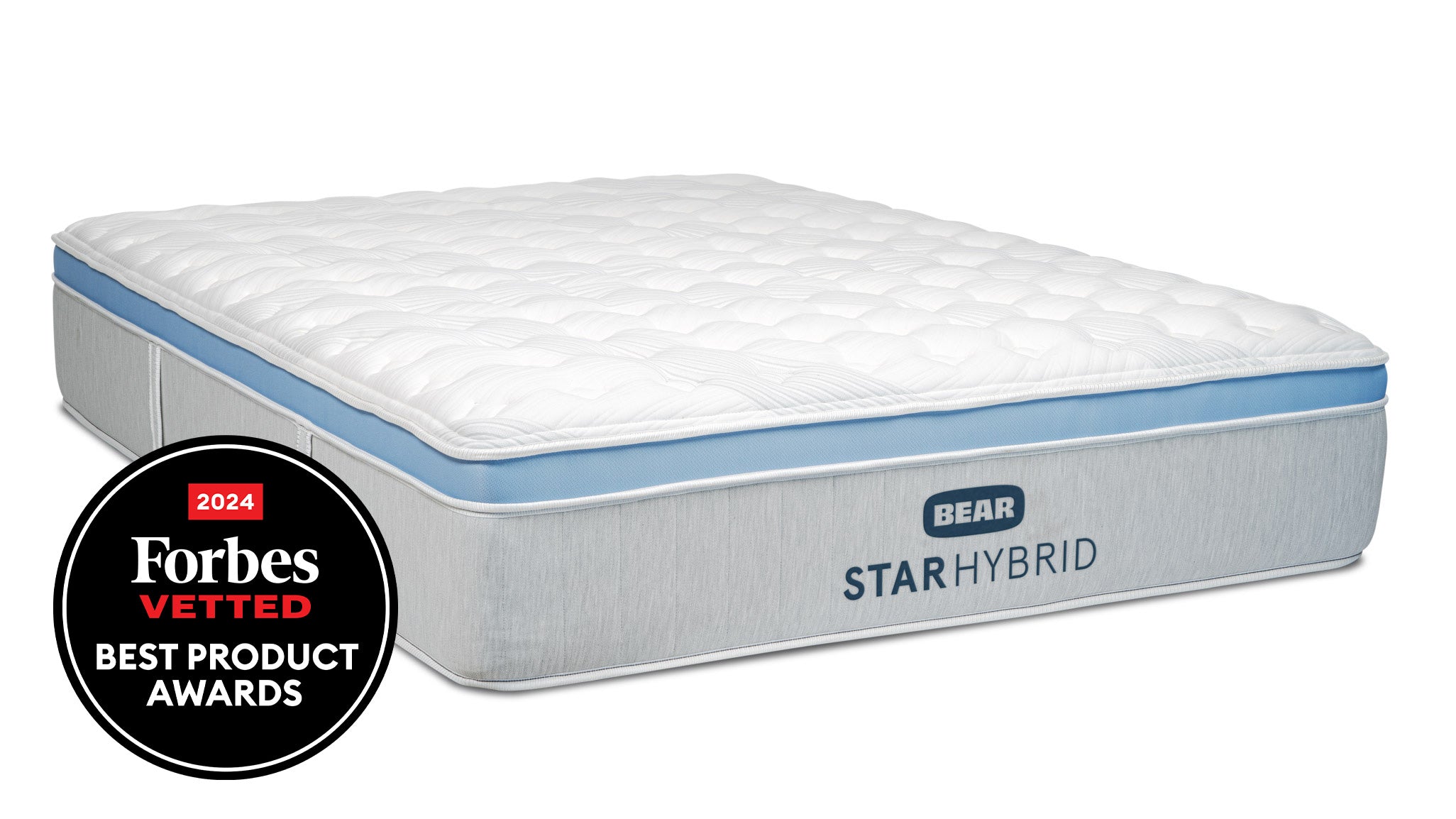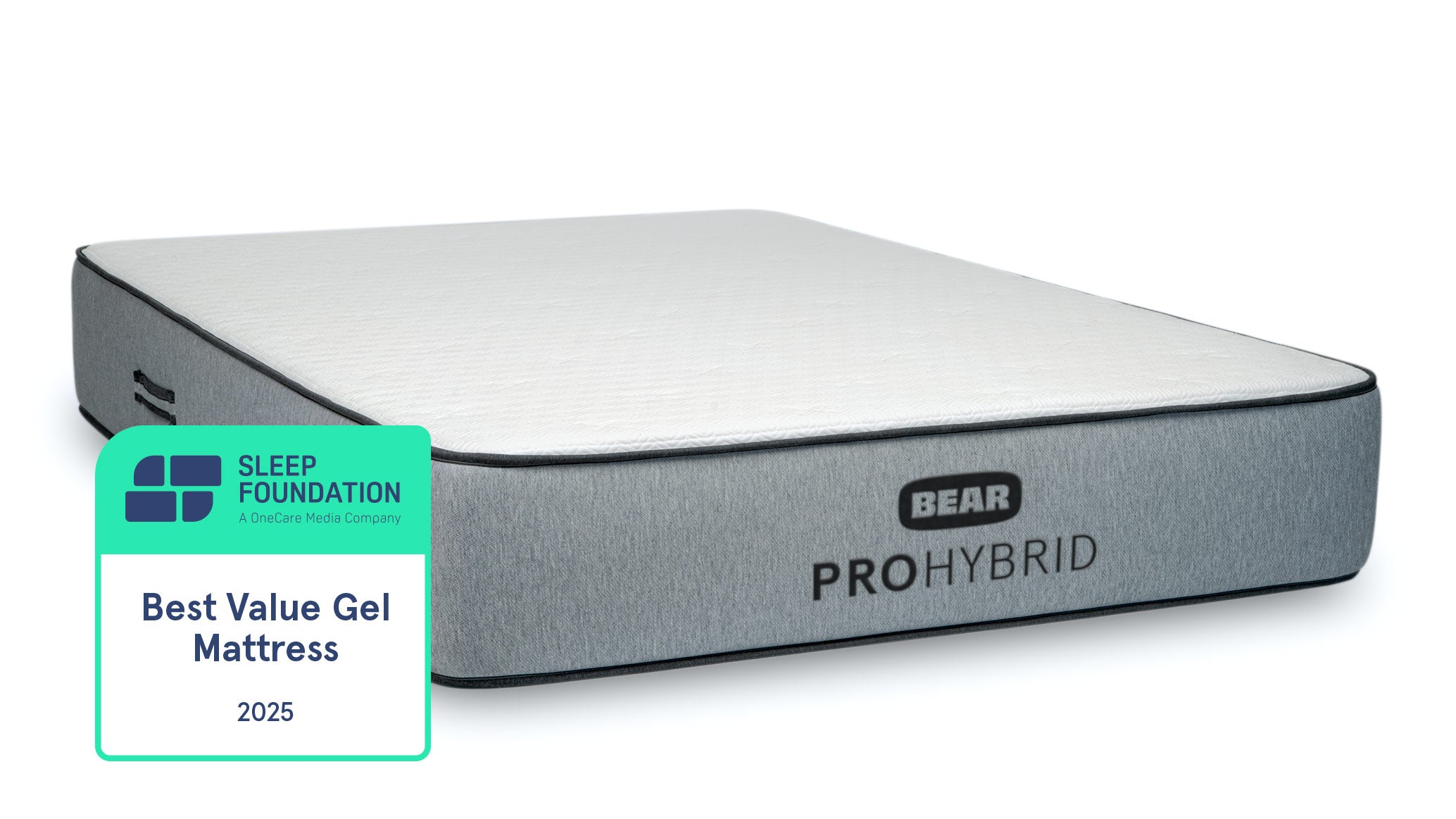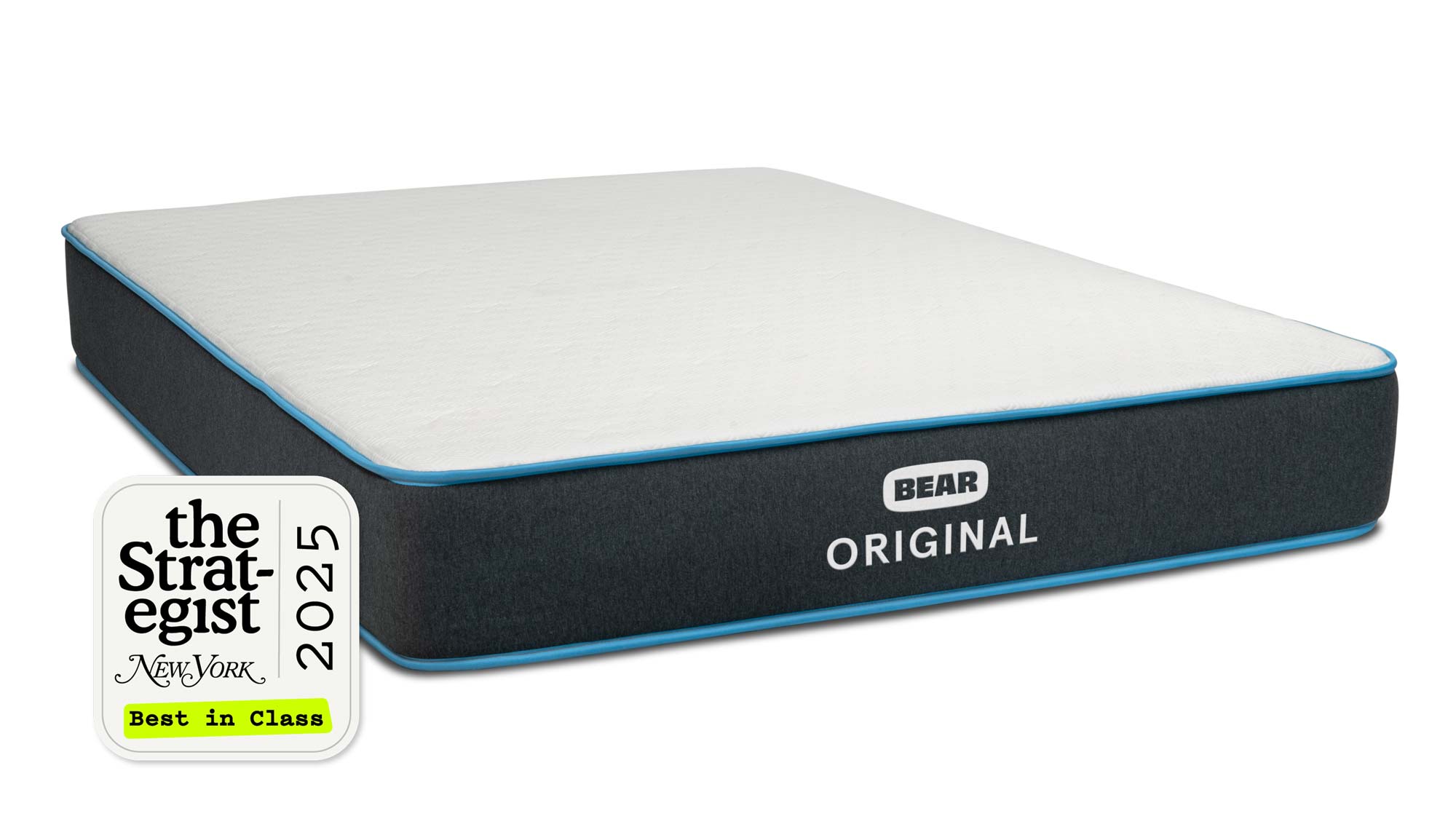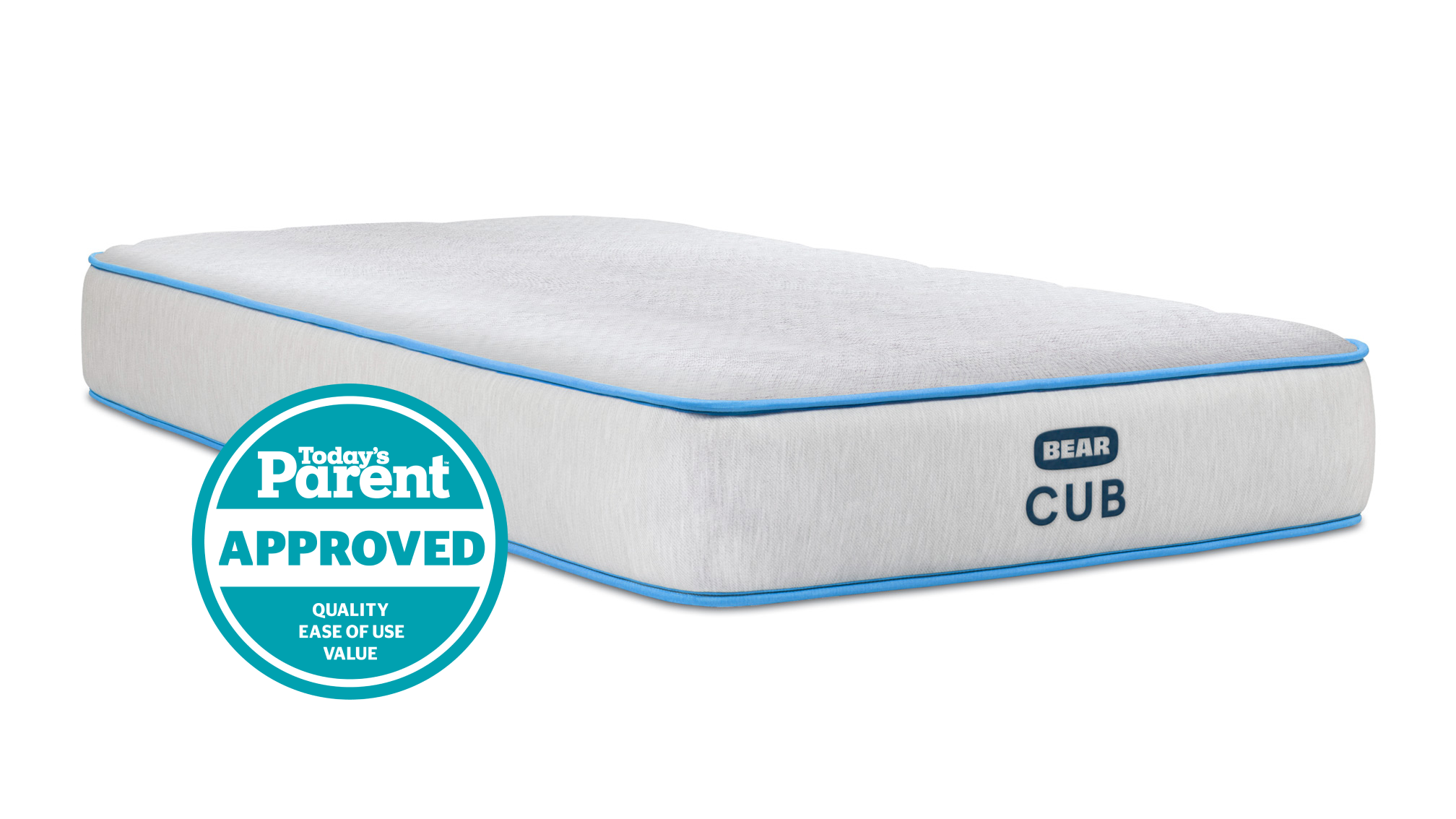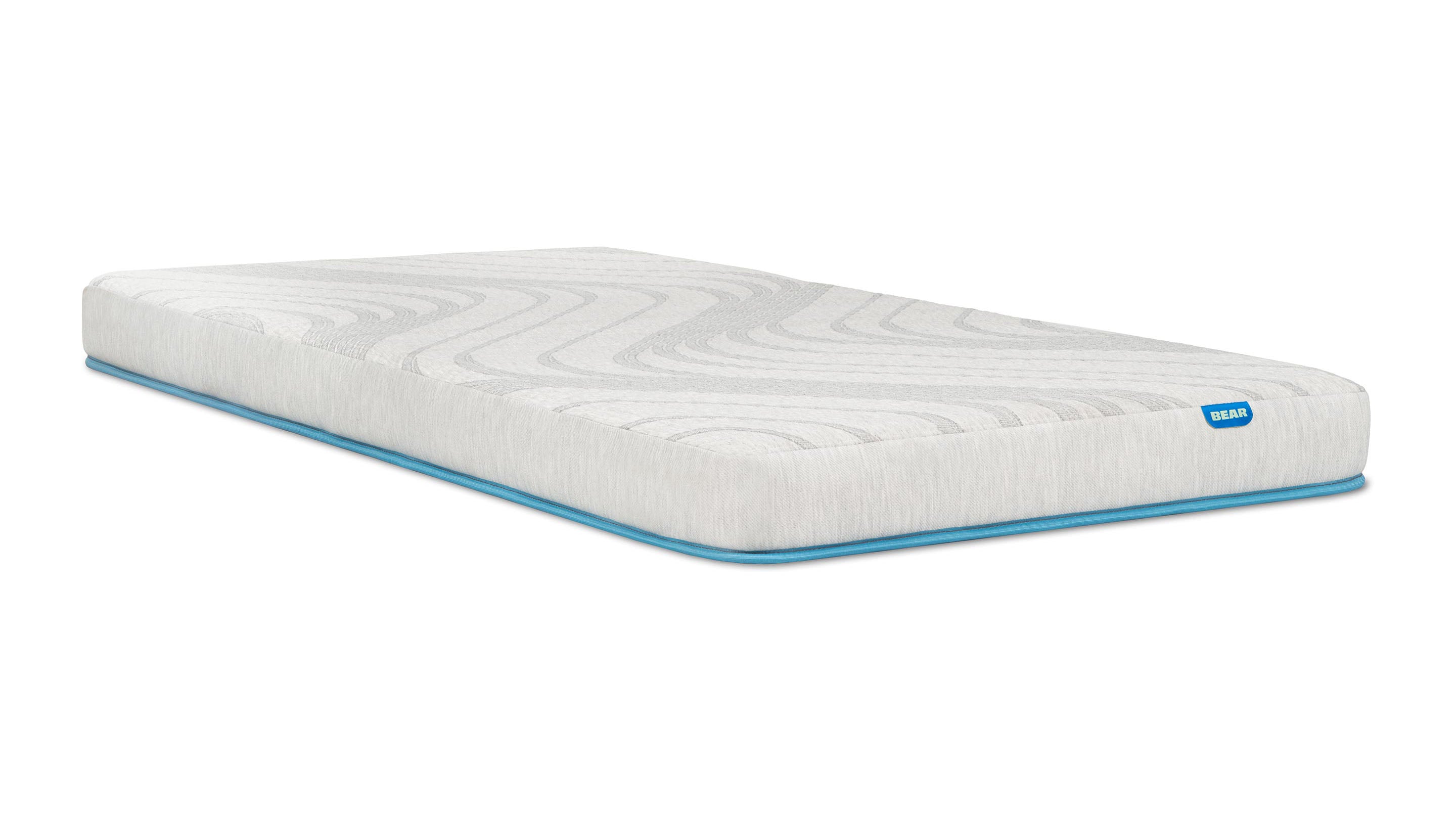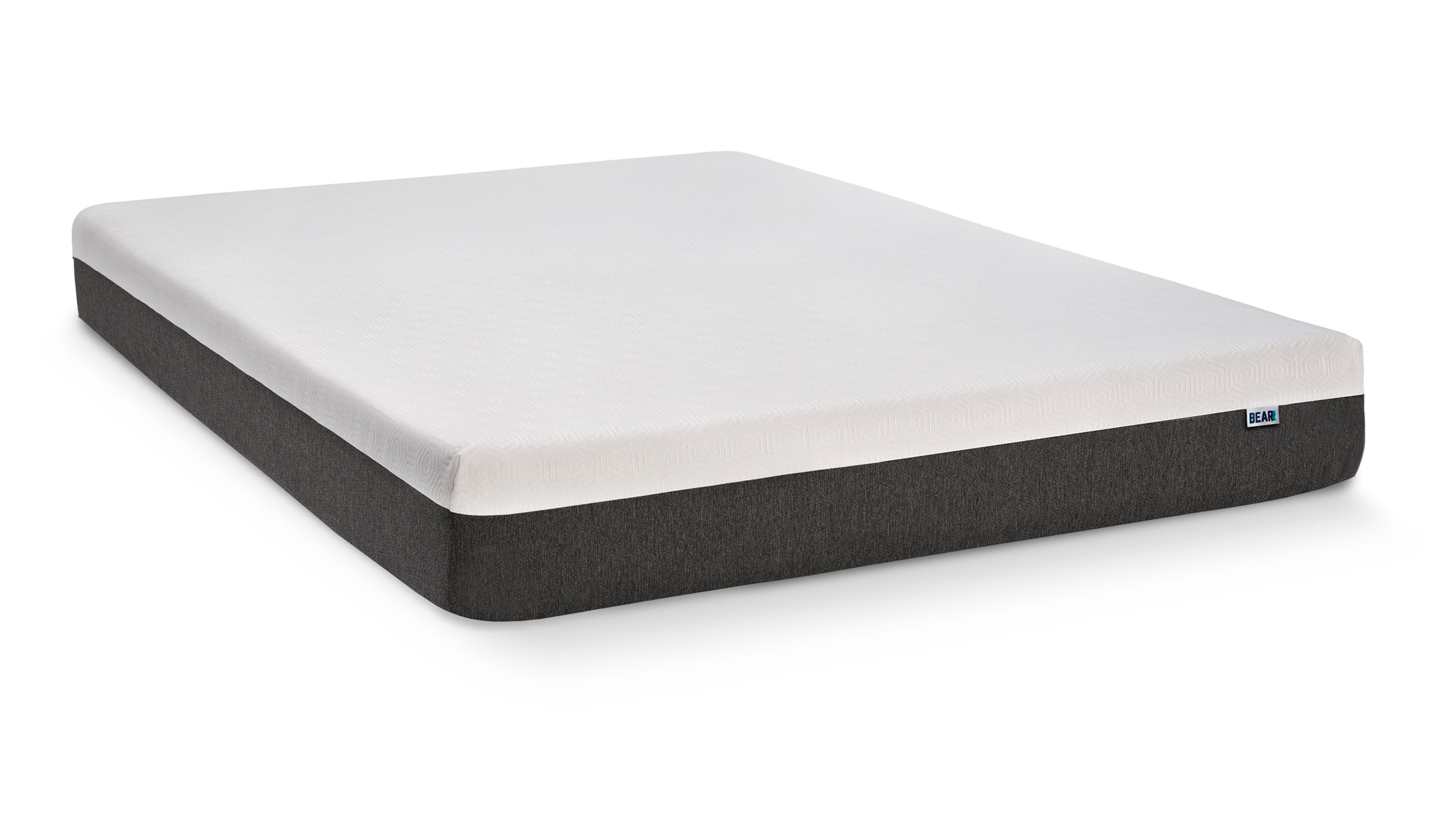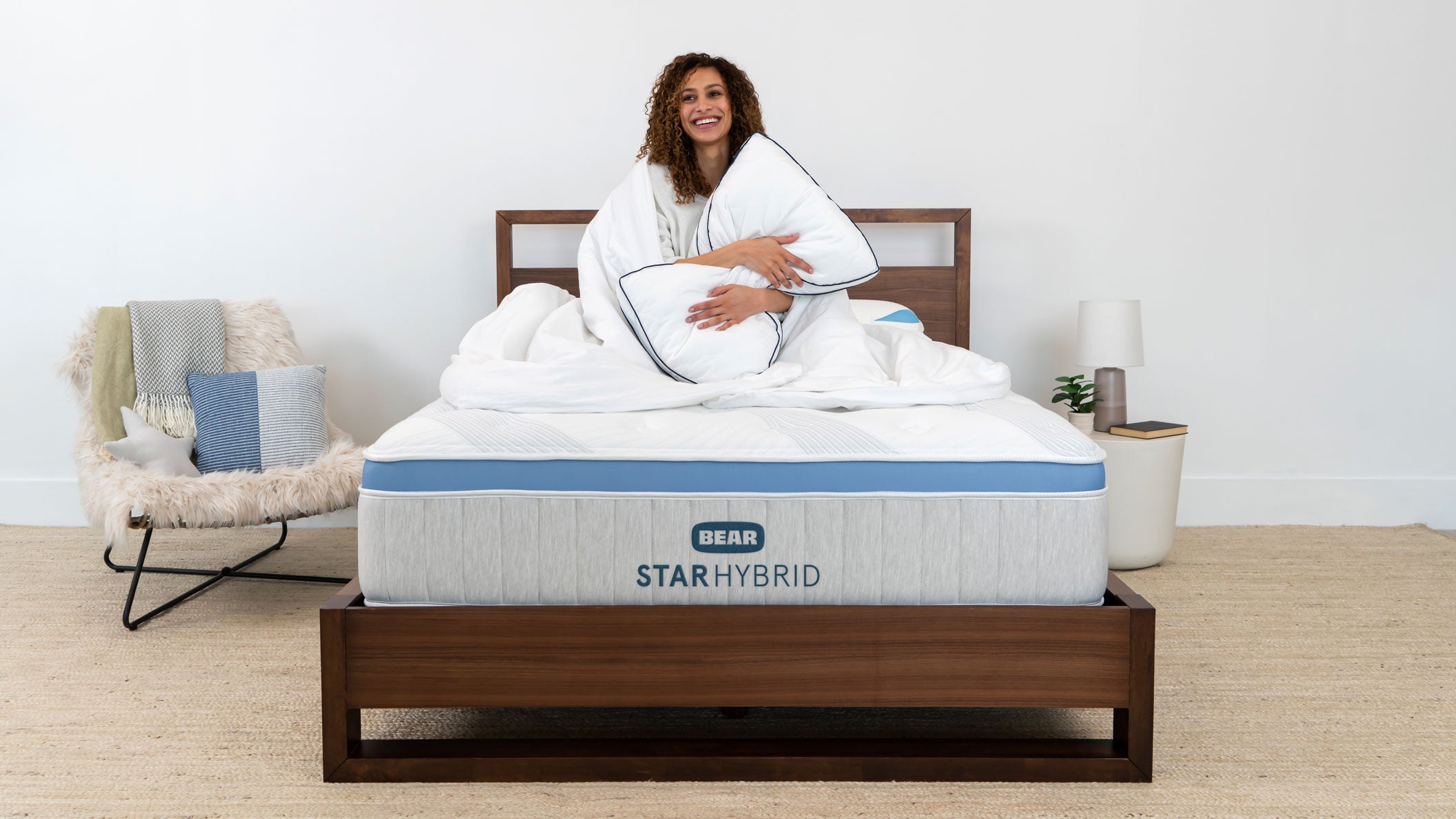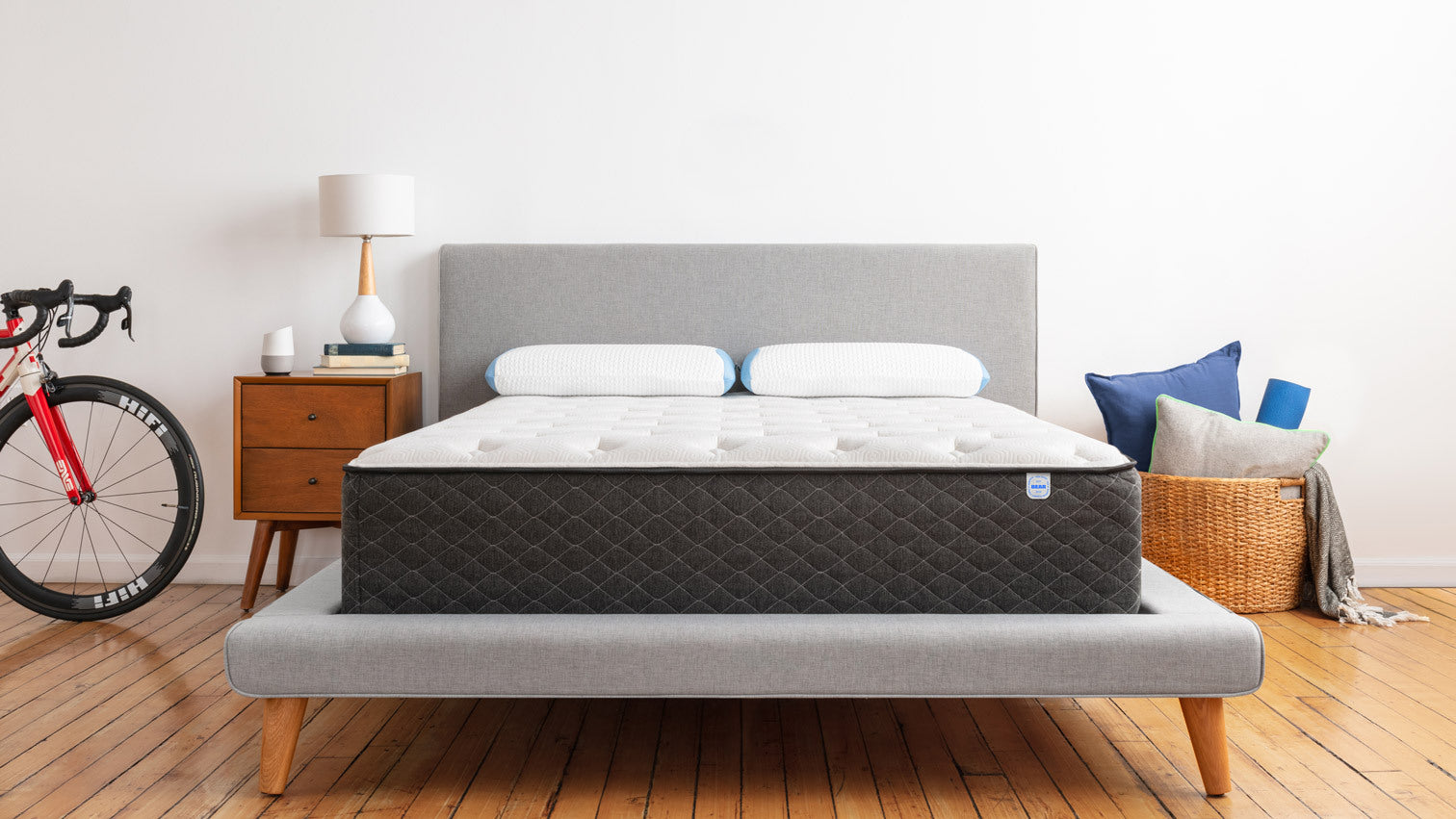At least a third of Americans don’t get enough sleep and 68 percent struggle to sleep at least once a week, according to a Consumer Reports survey. The National Sleep Foundation recommends adults get seven to nine hours a night--a number that’s way off of what many of us actually achieve under the covers.
A full night of sleep might sound like a pipe dream, but you can get there. Falling asleep is a science and you can nail it every time if you avoid some of nasty nighttime habits and replace them with more sleep positive rituals instead.
1- Turn Down the Thermostat
It might seem counterintuitive--especially on chilly nights--but you should turn down the thermostat before hitting the hay. Warmer temperatures warm your body, making you more prone to restless and sweaty sleep. Instead, The National Sleep Foundation says 65 degrees is the magic number for slumber. Yes, even during the coldest months of winter.

2- Turn off technology before bedtime
Don’t double tap if you want to sleep. Zoning out on social media before bed will actually make you less sleepy. The reason: The light emitting from your smartphone is on the blue spectrum messes with your circadian rhythm and tells the brain to stop producing melatonin, or the natural sleep hormone we all produce.
And if you do manage to go to sleep, a 2014 study found that people who looked at blue screens before bed experienced less REM sleep and woke up sleepy.
Your best bet: Power down your devices at least an hour before bed to help prepare your body for sleep.
3- Stay Out of the Bedroom
Here’s a crazy stat: Sixty-four percent of U.S. homes keep a television in the master bedroom. It might seem like a relaxing way to wind down from a busy day, but like smartphones, televisions emit the blue light that makes feel more awake. Instead, keep your bedroom as a place for sleep and sleep only. By keeping your bedroom sacred, you’re subconsciously telling your body to feel sleepy once you step inside.

4- Turn Your Alarm Clock Away From You
Here’s the weird thing about alarm clocks: Many of them display the sleep-disturbing light that you should avoid. You can opt for a sleep-friendly clock like the iHome ZBT10 and the Sleepace Nox, or just face your current one away from you. Bonus: It keeps you from watching the minutes tick by--and from stressing over it.
And if you use your smartphone as an alarm? Buy a real alarm clock--and keep your phone in another room to keep temptation away.
5- Listen to soothing music for sleep
It’s time to face the music. You’re having a difficult time falling asleep. Laying there for what seems like forever, your mind running through your day and what you have to do tomorrow, this week, this month. The solution to a sound sleep may be as simple as, well, sound. Specifically, music designed to help you sleep. Not only can it let you drift off easier, it can improve the overall quality of your sleep as well.
Listening to soothing sounds before you sleep is said to have a calming effect on your parasympathetic nervous system, which is responsible for slowing your heart rate, lowering blood pressure and relaxing muscles.
So, what music helps with sleep? Look for calming, lyric free music with 60-80 beats per minute. Steer clear of songs that remind you of an ex, a bad friendship or a crummy day. Crying yourself to sleep is never fun. Pick something you enjoy and stick with it. Creating this healthy sleep habit will cue your body that it is time to sleep.
There are plenty of playlists for sleep on your favorite streaming app to check out. Or, for something a little different, try binaural beats. From the words binary, meaning two, and aural, pertaining to the ear, these soundscapes send slightly differing frequencies to the left and right ear. Your brain simplifies these frequencies into an imagined third tone. For example, if a frequency of 300Hz is played into the left ear and 305Hz is played into the right, your brain will create and sync up with a tone of 5Hz. These sounds are often overlaid with repetitive and peaceful music to help you relax and can reduces stress. Since binaural beats only work with headphones, we recommend ditching the hard white earbuds and opting for some soft, wireless sleep headphones.
6- Meditate before bed
Our brains tend to work overtime when we’re trying to sleep and all these thoughts can keep you from drifting off into dreamland. Quiet those thoughts with some pre-bed meditation. A 2015 study found mindful meditation can help improve sleep quality and help curb the mid-afternoon slump the next day.
Not sure what “mindful” meditation means? You’re not alone. The easiest way to get started down the meditation path is through guided sequences designed to help you relax. Headspace is one awesome app to help you get started.
7- Keep your pets out of bed
Snuggling with your pets might seem like a dream, but it’s actually more of a nightmare. A whopping 42 percent of us admit to sleeping with our pups or kitties, but they can interrupt our sleep. The reason: Animals love to move around a lot during the night which can (and likely will) wake you up. No one likes it, but keeping your animals in another room is the best choice.

8- Stretch before bed
Are stiff and achy muscles are to blame for sleeplessness? You’re not alone. A reported 57% of people say that some sort of pain is interfering with their night’s rest. Try some stress relieving yoga poses for a more restful sleep. Stretching before bed doesn’t have to take a lot of time. You can spend just a few minutes to stretch areas where you hold tension the most; shoulders, back, neck, legs, even your hands and jaw. Hold each pose for 30-60 seconds and remember to breathe.
Stretching before bed encourages circulation, relieves muscle tension and reduces stiffness, so you can climb into bed and blissfully drift off to the land of Nod.
Aside from the physical benefits, getting in touch with your body and mindful focus on your breathing can calm a busy brain. Pair with some soothing music and you’ll be ready for sleep in no time.
9- Sleep with the Right Mattress
You can make all the changes in the world, but they mean nothing if your mattress is actually the root of your sleep problem.
You should replace your mattress every few years--especially if you’re using a traditional spring coil mattress--because they sag and lose shape. A saggy mattress throws your spine out of alignment and distributes your weight unevenly, making restful sleep pretty much impossible.
When selecting a new mattress, finding the right fit for you can be a headache. Bear Mattress offers three great options. The Bear Original is an all foam mattress that contours to the unique curves of your body, instead of the other way around. The top layer of graphite-gel infused memory foam conducts away heat better than traditional foam for a cooler sleep. Or upgrade to the Bear Pro, with an added layer of copper-infused foam to help you sleep cooler and cleaner.
For a more luxurious feel, try the Bear Hybrid. The cooling-gel infused quilted cover will have you feeling like you’re sleeping on a cloud. Plus the individually encased coil gives you an edge-to-edge support system that provides support and pressure-point relief while adapting to your body size, shape and sleep position to ensure a great sleep.
Both mattress are made with cutting edge Sleep Recovery Technology that has been proven to increase local blood flow and tissue oxygenation, allowing for deeper, more recuperative sleep and a much needed boost of energy in the morning.
Try the Bear Mattress free for 100 nights and feel the difference (and get more sleep, too!).
Hopefully these nine nighttime routine ideas will get you on the right track to a better slumber. Remember, some of them may take a little more time, but stick with it and allow them to become part of your bedtime ritual. You’ll be sleeping better before you know it!
